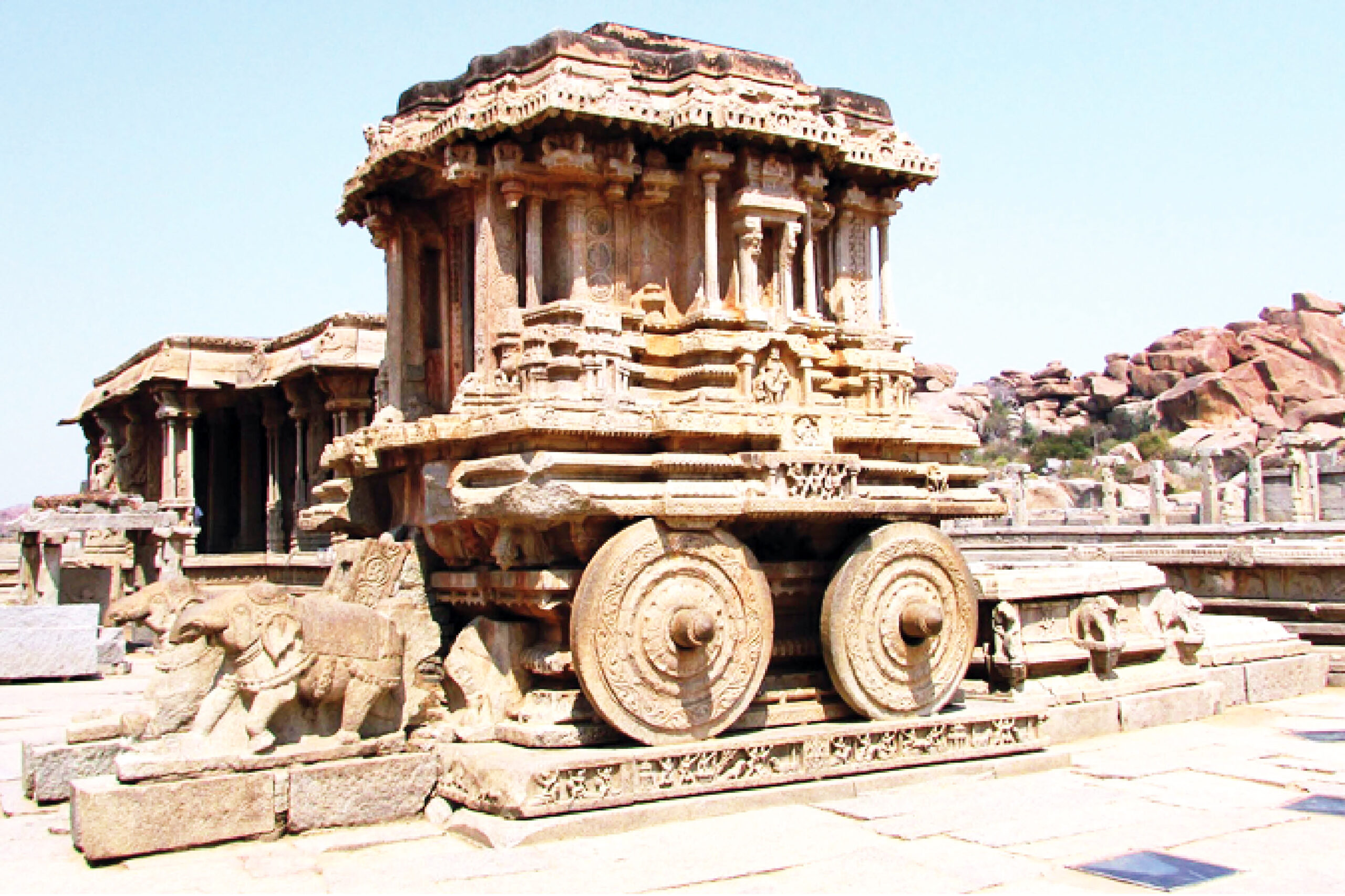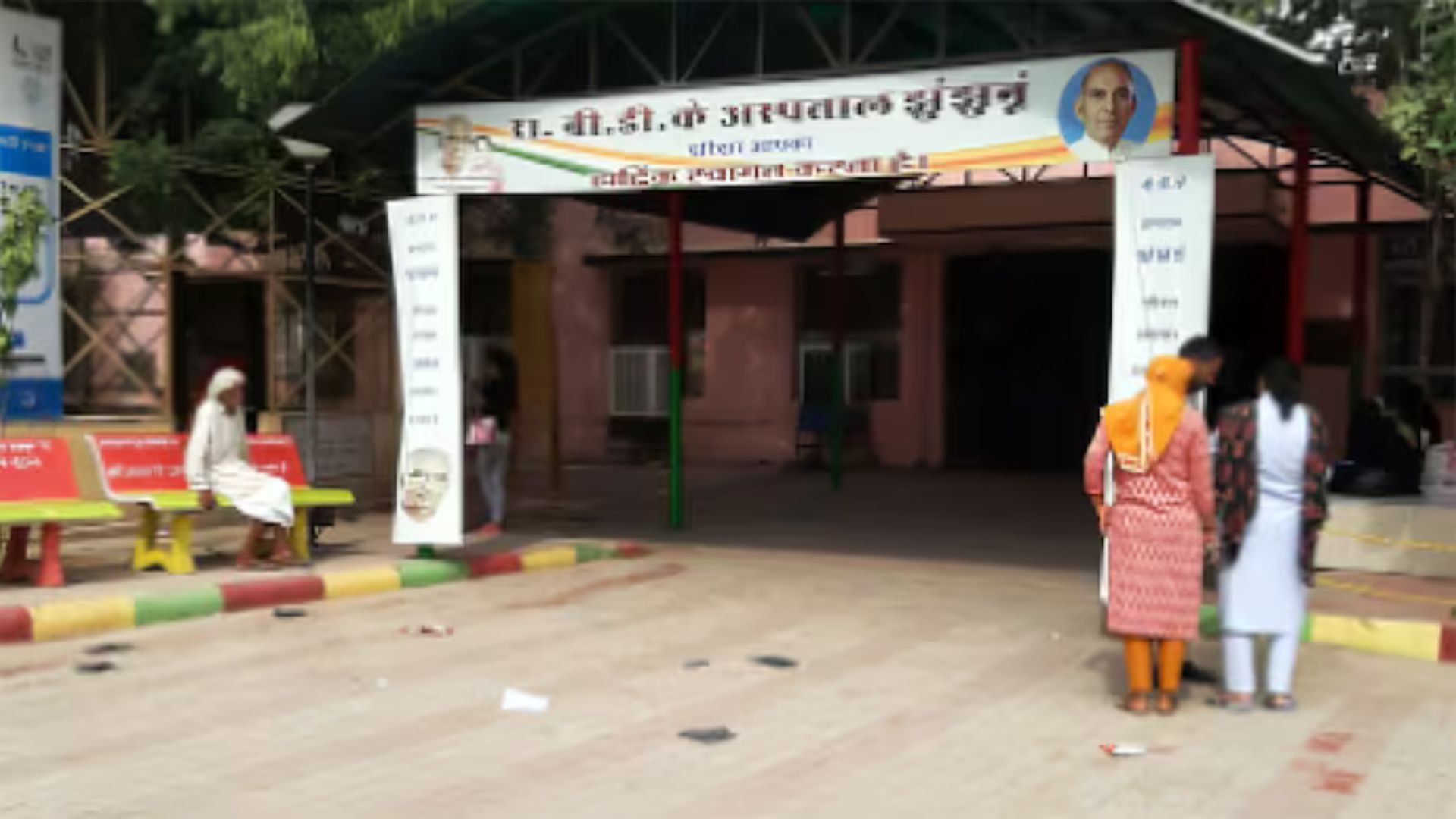
In the previous columns, this author had argued the need for our leadership to recalibrate India’s geopolitical approach such that becoming Kautilyan Chakravarti or a global superpower should be our strategic goal and how this alone will pave the way for India to truly don the mantle of ‘Vishwa Guru’. It was further argued that becoming global superpower not only involves gaining economic strength and cultural influence, but more importantly positioning India as a ‘Vijigishu’ or a conqueror.
The question of whether India should become expansionist in its outlook requires further deliberation. Though geopolitical expansionism has existed throughout history and across the world, today we have been largely made to perceive war and expansionism as being inherently bad. With the memories of the two World Wars still fresh, many people advocate extreme pacifism as the way forward for peace.
However, such utopian ideas have little basis in reality. The fact is in world politics, self-interest has always been supreme and it is the duty of a ruler/government to ensure the overall wellbeing of his subjects and this involves not only fighting aggression with aggression, but also continuously striving to expand one’s territory and influence. The Kautilyan Mandala theory aims to help nations achieve just that.
In Arthashastra (Book 12, Chapter 1), Kautilya lists out three kinds of expansionists: Dharmavijayi or the righteous conqueror, Lobhavijayi or the greedy conqueror, and Asuravijayi or the Asura-like aggressive and uncompassionate conqueror. He says that while a Dharmavijayi is satisfied with the opponent accepting his suzerainty through mere obeisance, the Lobhavijayi is satisfied with what he gains in terms of land and wealth. The Asuravijayi not only takes the land, wealth etc, of his opponent, he completely vanquishes them.
Writing about the superiority of Dharmavijaya in terms of ethics, V.R. Ramachandra Dikshitar in his War in Ancient India says: “According to Kautilya Dharmavijay (a) meant that a conquering king was satisfied with the acknowledgment of his overlordship by the inferior or defeated powers as also by others… Dharamvijay (a) means a righteous method of warfare where diplomacy and conciliation were pressed into service to avoid actual fighting as far as possible.” Further, in Kalidasa’s Raghuvamsa, Kind Raghu is praised as a Dharmavijayi who conquered many lands but restored the lands to the defeated kings and instead received only symbolic tributes. We see Indian kings like Samudragupta following this Dharmavijayi ideal of restoring kingdoms to defeated kings.
From this it is very clear that not all forms of expansionism is bad or unethical and Indian culture and history has had a very clearly articulated the notion of an ideal, ethical, and beneficial form of expansionism in the form of Dharmavijayi. However, it is important to add a caveat here.
While Dharmavijaya may be an ideal for of expansionism, however, in reality, it may not always be desirable. The three modes of conquest should not be seen as three distinct silos, but as three options available for each nation/ruler to properly utilise them based on different situations.
A good example of misapplication of ideals of Dharmavijaya from history is the case of Rajput King Prithviraj Chauhan. Prithviraj allowed a defeated Mohammed Ghori to return to his homeland because he was upholding the Indic ideal of Dharmavijaya. However, this misapplication not only cost Prithviraj his kingdom and life, but also cost Hindu civilisation centuries of slavery under Islamic rule where their temples were razed, people were forcibly converted, and Hindus were made to live as dhimmis. Another example could be how India messed up Tibetan situation. India’s lack of expansionist mindset resulted in China — clearly an Asuravijayi — not only gobbling up Tibet in entirety but also causing destruction of life, culture, and religion of Tibetan people.
Thus, a nuanced way of understanding Kautilyan modes of conquest is that they are three modes in the hands of a Dharmic Vijigishu who while fighting a dharmic battle and has the ideal of Dharmavijaya in mind, he does not hesitate from employing modes of Lobhavijaya and Asuravijaya wherever necessary. It is not for no reason that Krishna says in Bhagavad Gita that there is nothing better for a Kshatriya than fighting a righteous battle. The dharmic/righteous battle is one which is waged for dharmic reasons and in such a battle one must employ all the means necessary — be it the three modes of conquest or the four strategies of sama, dama, danda and bheda. What does it all translate into in current terms if India were to embrace ‘dharmic expansionism’ as a geopolitical goal?
First, Indian State will have to recognise that it is a Civilisational State which is many millennia old and not a modern nation-state created in 1947. Second, Indian State will have to recognise that Indian civilisation has been in a perpetual war since last 1,200 years imposed upon us by Abrahamic religions, European colonisers, and other global geopolitical actors. Third, Indian State will have to recognise and accept the historical fact the perpetual war has cost India hugely not only in terms of loss of geographical territory, but also in terms of loss of culture, religion, and civilisational ethos in the lost territories.
India did not lose territory during 1947 Partition. We have been continuously losing territory since the advent of Islamic invasion. On the eve of Islamic invasion, India as a Civilizational State not only included present countries of Pakistan and Bangladesh, but also Afghanistan and beyond. In the north, the Hindu-Buddhist influence was present in Central Asia and China. In the east, the Hindu-Buddhist influence was spread throughout South-East Asia. While India lost direct geographical territories at some places, it lost cultural and civilisational influence in other places (example: South-East Asia). Post-Independence when India allowed China to conquer Tibet and Aksai Chin, we further lost geographies which were under Indian civilisational influence.
Once the Indian State recognises these historical and civilisational realities about our nation, then it will have the necessary clarity and confidence to develop an expansionist geopolitical goals for retaking the lost geographies and cultural spaces and finally bring an end to the perpetual war that has been imposed upon Indian civilisation. Reclaiming lost geographies must not only translate into undoing Partition of India in 1947, but also translate into reclaiming geographical territories and cultural spaces that Indian civilisational state lost in the last 1,200 years including Afghanistan and Tibet. This would involve Indian state employing all the three modes of conquest — acquisition of allies, acquisition of wealth and territories, and the complete vanquishing of the enemy — as necessary.
India cannot move forward by breaking itself from its past. The only way forward is to accept the reality of our past, fight the perpetual civilisational war imposed upon us, embrace ‘dharmic expansionism’ as a geopolitical goal to reclaim the lost geographies and cultural spaces, and fight our way to become a global superpower.
Nithin Sridhar is an author, speaker, and commentator on religion, politics, and society. He is the chief curator of Advaita Academy.















